ENVIRONMENT
ENVIRONMENT
IN 2020 WE CONTINUED IMPLEMENTING THE CORPORATE GUIDELINES FOR ENVIRONMENTAL MANAGEMENT THAT ENABLE US TO STANDARDIZE ENVIRONMENTAL PROGRAMS AND ACTIVITIES ACROSS OUR BUSINESS UNITS
ENVIRONMENT
IN 2020 WE CONTINUED IMPLEMENTING THE CORPORATE GUIDELINES FOR ENVIRONMENTAL MANAGEMENT THAT ENABLE US TO STANDARDIZE ENVIRONMENTAL PROGRAMS AND ACTIVITIES ACROSS OUR BUSINESS UNITS
All our assets either have their own Environmental Management System or are in the process of implementing one. In addition, in 2020 we updated our Environmental Policy, a document that establishes our commitment to adhering to applicable environmental laws, bylaws, and standards—and we adopted best environmental practices. We strive to mitigate the impact of our operations on the environment, and we employ strategies to reduce our GHG emissions.
CLIMATE CHANGE STRATEGY LINES OF ACTION
Develop infrastructure that strengthens Mexico’s energy security and supports the transition towards a low-carbon sector.
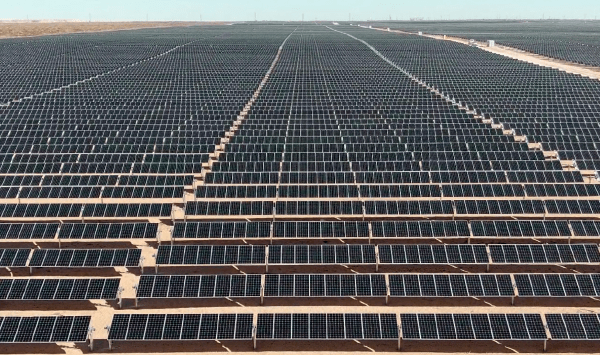
Integrate climate risks and opportunities into the company’s internal risk and business management.
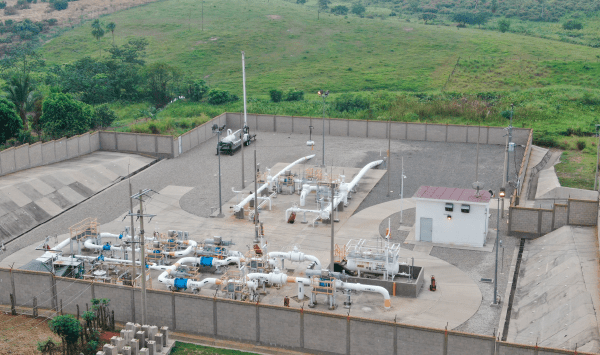
Promote GHG emissions reduction projects and increase energy efficiency in our processes.
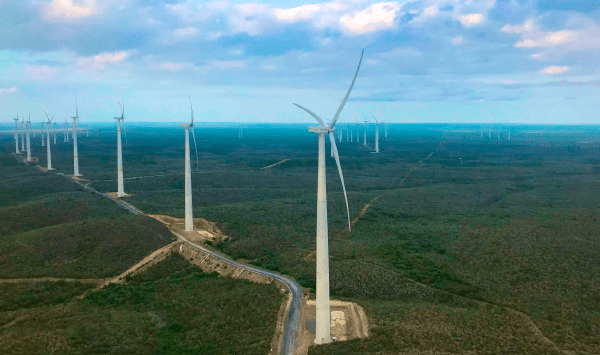
Communicate to all our stakeholders our performance in terms of climate change and work with them to address the challenges of climate change.

For more details of our strategy, please consult it on our website.
At IEnova we are committed to contributing to the international agreement of limiting global warming in this century to well below 2°C above pre-industrial levels. For this reason, we are developing a series of studies to identify climate change risks and opportunities that could have an important financial impact on our company, given the nature of our business, regulatory framework, and geographic area of operation. This will enable us to develop a strategy to manage each of the elements we identify. Based on the results of this study, we will assess the resilience of our strategy and of our assets so that we can set up a climate change mitigation and adaptation plan for this century.
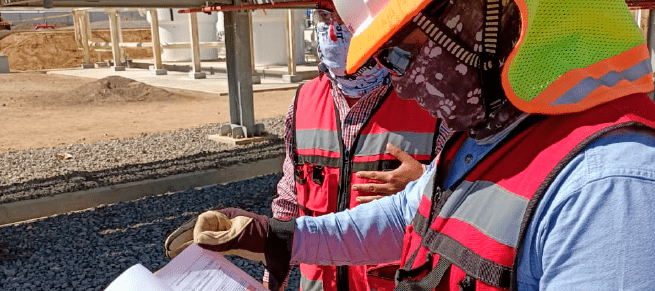
By analyzing different possible future scenarios, we are exploring and understanding what the impact of these risks could have on our operation by 2040.
The demand for clean energy is increasing around the world. In response, private and public efforts are being made to generate and distribute renewable energy. For IEnova, increasing our generation capacity from renewable sources is a priority.
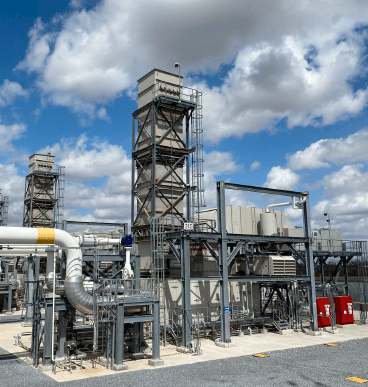
By 2030, reduce GHG fugitive emissions 50% from our 2019 baseline.
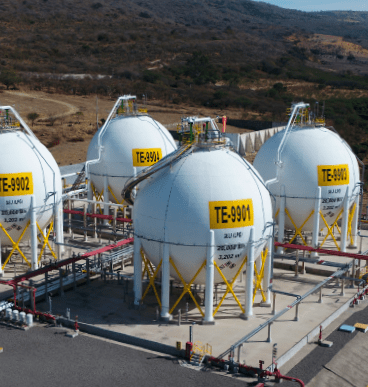
Conclude the climate change physical risks assessment in at least 50% of our assets by 2021.
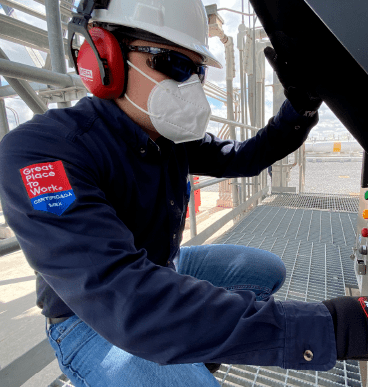
In the Pipelines segment, keep emissions below 11.80 tCO₂/MMm3.
In the Power segment, keep emissions below 0.35 tCO₂/MWh.
Because of our renewable power generation, we avoided 986,134 tCO₂e in the country, which is equivalent to:
110,779

54,725

55,783

11,897

7,587,603
244,897

120,979

123,318

26,300

16,773,767
270,978

133,863

136,451

29,101

18,560,137
70,000

34,580

35,249

7,517

4,794,521
416,568

205,785

209,763

44,736

28,532,055
883,000

436,202

444,635

94,827

60,479,452

Avoided GHG emissions per year (tCO2e/year)

Homes’ electricity
use annually

Passenger vehicles
out of circulation annually

LED lamps
switched on annually
BIODIVERSITY MANAGEMENT MODEL
FLORA RESTORATION, CONSERVATION, AND COMPENSATION
We execute reforestation programs
We reproduce endemic species in nurseries that we maintain longer than required by the authority
We protect and produce, in a controlled environment, plant species of high ecological value that are native to the area
We preserve species and develop the ability to produce seeds of species that are at risk of extinction
PROTECTION AND RESCUE OF WILDLIFE
Before we start developing any project, we conduct studies to measure a project’s potential impact on the ecosystem
We employ stricter practices than those established by environmental legislation
We suggest additional measures to authorities regarding protection of habitat and species of wildlife found in the region
We rescue fauna and relocate it to safe places
MITIGATION HIERARCHY PRINCIPLE

Currently, 95.28% of the total water withdrawn by our operations is used by ECA:
100% of the water is withdrawn from the ocean and is desalinated for use in our processes.
Water is used to increase the temperature of liquefied natural gas so that it can be regasified.
Water is never subjected to processes that could contaminate it.
Water is returned to the ocean, always in strict compliance with the corresponding discharge permits.
Every three months, an accredited laboratory analyzes the physical and chemical properties of the discharged water to ensure that it complies with the conditions established by the regulation.

Our power generation plant, TDM, is among the cleanest combined-cycle plants supervised by the Western Electricity Coordinating Council (WECC) in the US. To achieve this level of excellence, at TDM we use state-of-the-art environmental technologies that comply with all applicable standards in Mexico and in the state of California.
To ensure that water consumed at TDM is discharged in the same or better conditions than when it was first withdrawn:
TDM withdraws municipal wastewater from the oxidation lagoons in Mexicali, Baja California.
Water is pumped to a water treatment plant at a maximum flow of 920m3/h, it is treated so it can be used in the process, and then reused several times in the steam, cooling, and condensation processes.
After being treated, water can be discharged in compliance with the parameters established by all applicable regulations, with considerably better quality than when it was first withdrawn.
Additionally, TDM has strategic plans for implementing efforts related to water savings and efficient consumption:
Reduce the supply of water from 350 m3/h to 300 m3/h when the plant is not operating.
Improve planning for stopping and starting the wastewater treatment plant to minimize the amount of treated water that is not used.
Close off the cooling system valves when not in service.
Automate the purging process in the cooling tower to reduce over-purging.
Install a valve to ration sulfuric acid (controlling pH) in the cooling tower to reduce the presence of sulfates.
We monitor the availability of water in Mexico every year. Based on this, we have determined that most of our assets are located in areas that are classified under water stress by the World Resources Institute (WRI). However, our consumption of groundwater is minimal, and we do not extract any surface water, which means our operations have a low impact on the supply of water in our neighboring communities and we do not contribute to worsening the water scarcity problem in the country.
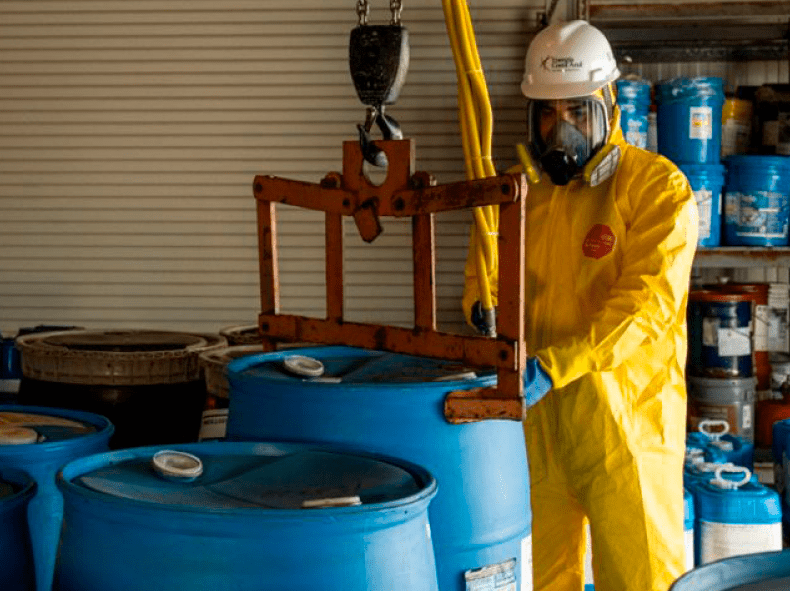
To manage waste, we collaborate with specialized authorized companies to adequately dispose of or repurpose it. When its physical and chemical nature allows, we work with suppliers that either recycle or reuse waste. 100% of our waste is handled based on federal or local regulations and, whenever it cannot be reused, waste is disposed of in authorized sites.